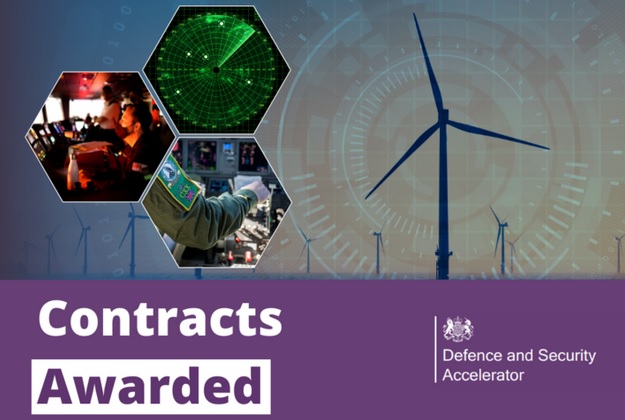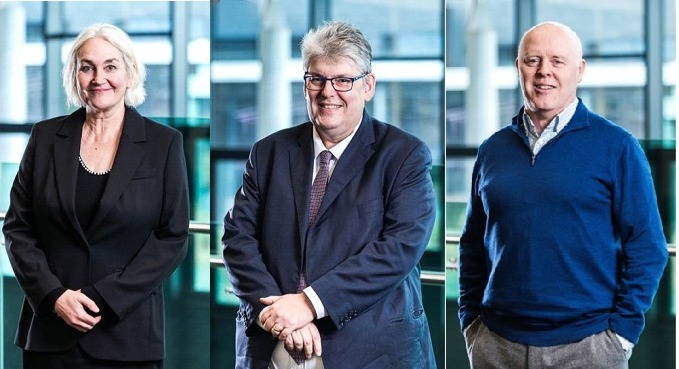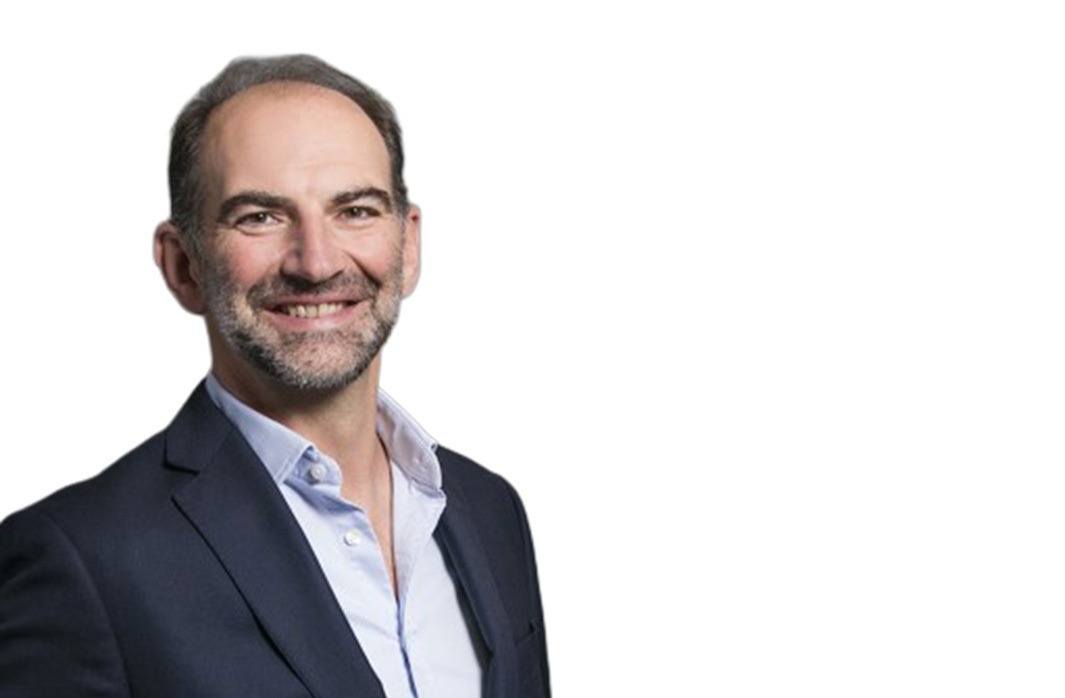Contracts of £3.8m awarded to mitigate radar risk of windfarms

Offshore wind will play a key role in delivering the net zero ambition by 2050, with a government commitment to scale it up to 40GW by the end of the decade. To achieve net zero targets, the UK will need additional offshore windfarms around the UK.
The Windfarm Mitigation for UK Air Defence competition was run behalf of the Department for Business, Energy and Industrial Strategy (BEIS) and undertaken in partnership with the Royal Air Force (RAF),to seek ideas from industry and academia to reduce the adverse impact that windfarms can have on AD and Air Traffic Control (ATC) surveillance systems.
Technologies that were submitted during the competition include:
- alternative technologies that could reduce radar clutter caused by offshore windfarms
- improvements to the probability of intruder detection
- the capability to fill or remove gaps in radar coverage
- alternatives to radar
- solutions to the cumulative effect of windfarm development
- metasurfaces applied to, or alterations to the design of, the wind turbines
- alterations to the initial radar signal or radar station or processing of the return
Wing Commander Kevin Walton, Co-Chair of the Ministry of Defence/Offshore Wind Industry Council Air Defence Mitigation Task Force said: “Offshore wind will play a major role in achieving our Net Zero Targets. The technology being developed in this competition will help the UK achieve its renewable energy targets without compromising the surveillance of UK airspace.
“In addition, the technology being developed will help boost UK prosperity, entrepreneurs and innovators by investing in innovative technologies.
“Phase 2 of this competition develops on the Phase 1 activities and moves further to identify operational systems that will help enable the coexistence of offshore windfarms and the UK’s Air Defence and ATC surveillance systems.”
Aviation and windfarms working together
Seven projects led from six organisations have been awarded Phase 2 funding to fast-track their innovative solutions. The organisations are:
Advanced Material Development Ltd
Phase 2 Funding: £392,605
Their solution introduces advanced nano-scale Radar Absorbing Material (nRAM) at the manufacturing stage of offshore windfarms, ensuring RF absorption is integrated into the base materials of offshore windfarms.
Saab Technologies UK Ltd
Phase 2 Funding: £599,692
To incorporate Machine Learning (ML) and Artificial Intelligence (AI) techniques into air defence radar, providing a trusted air surveillance picture in noisy and cluttered environments.
Trelleborg Applied Technologies
Phase 2 Funding: £600,000
Their solution is to deliver Frame (Full Radar Absorbing Materials and Equipment) to mitigate wind turbine radar interference.
Thales UK Ltd (Project 1)
Phase 2 Funding: £481,019
To design and demonstrate multistatic, staring radar systems using a validated synthetic environment, to provide continuous all-weather air surveillance in and around windfarms.
Thales UK Ltd (Project 2)
Phase 2 Funding: £599,970
A solution to synchronise two remote Holographic radars to demonstrate synchronised multi-static staring radar (MSAR), to reduce the impact of windfarm clutter and enhance detection and tracking performance.
LiveLink Aerospace
Phase 2 Funding: £505,938
A solution involving multiple low-cost, multi-role, passive sensors on the nacelles of wind turbines that can transform the turbines from being a radar disrupter, to becoming the eyes and ears of an advanced air defence.
TWI Limited
Phase 2 Funding: £600,000
A solution to develop a novel metasurface manufacturing method for the mitigation of radar clutter caused by windfarms.
Ensuring the UK can continue to defend its airspace and the safe flight of aircraft
These solutions will help ensure the continued development of vital wind turbine sites, without impacting military AD and ATC.
What happened in Phase 1?
This follows on from Windfarm Mitigation for UK Air Defence: Phase 1, where £2 million worth of contracts were awarded to Thales, QinetiQ, Saab, TWI and Plextek DTS to fast-track their ideas for technologies that could mitigate the impact of windfarms on the UK’s AD radar system.
Phase 1 identified and advanced multiple promising routes for windfarm radar mitigation, such as new radar signal processing methods or radar absorbing treatments and applying metamaterials to control the radar signature of wind turbines. Additional findings recommended a hybrid approach, involving changes to both radar and turbine design to solve the problem in the long term. Phase 2 studies aim to clarify this further. Read more about it here
.












